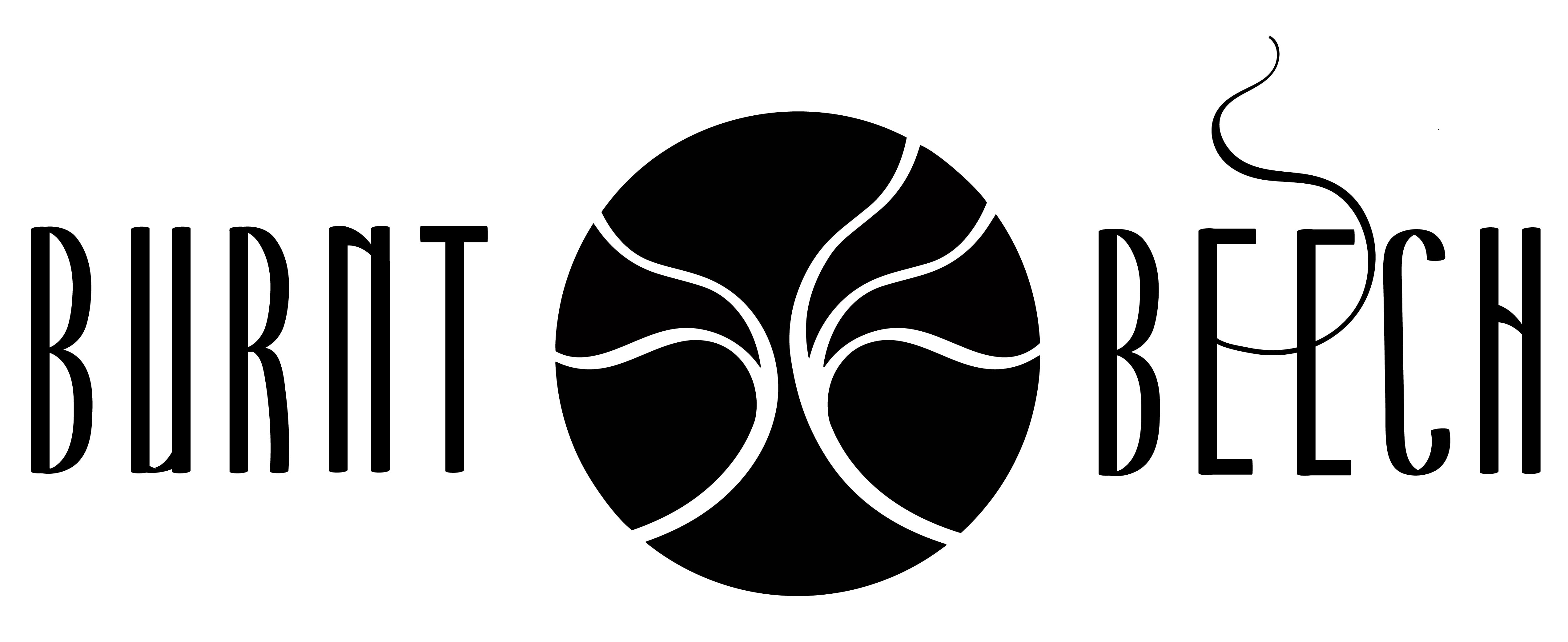The History of Frankincense Incense
Frankincense is a unique and ancient resin, rich in earthy, sweet scent and healing energy. No wonder it has been treasured for so long. Read on as we dive into 'The History of Frankincense Incense'.

|
What is Incense?
What is Frankincense Incense?
The warm, pleasant fragrance Frankincense resin possesses ignites the senses and strengthens the Root Chakra. And, luckily these qualities reflect within each Frankincense incense type. So, what are the most popular Frankincense incense types?
Frankincense Incense Sticks:
Natural Frankincense Incense:
Our favourite type!
Natural incense is a more earth-giving, fragrant, and ancient type. It involves burning a combination of natural extracts such as essential oil, aromatic resin, and botanicals on a ceramic oil warmer (in this case, natural Frankincense incense involves burning its resin and essential oil). However, these extracts must be burnt alongside water or carrier oil (this keeps the incense safe from burning).
This incense type is less popular due to its step-by-step process. But, in our eyes, its benefits exceed all other types.
Natural incense is less smoky and more fresh, earthy, and more pleasant in fragrance, opposed to other types. Also, its ingredients are usually 100% natural without harsh wood powders. Therefore, natural incense is kinder on the lungs as it usually comes without chemical additives.
Benefits of Frankincense Incense:
- Strengthens the Root Chakra
- Improves moods
- Promotes tranquility
- Relieves stress and anxiety
- Anti-inflammatory properties
- Improves sleep
The History of Frankincense Incense
.
Where Did Frankincense Incense Originate?

Frankincense is an ancient and earthy-scented gum/resin sourced within the bark of the tree species 'Boswellia', Synonym - Olibanum. These exotic trees originated in India, the Middle East, and Africa, becoming treasured for their rarity and precious aromatic resin. Frankincense also became treasured in antiquity within the Arabian Peninsula, where its trade was common.
Archaeological evidence suggests that the use of incense dates back to the old kingdom within ancient Egypt - old incense burners were discovered, ultimately verifying this. Some people believe that Frankincense was a substance burnt on these warmers. However, there is limited to no evidence to suggest this. This being said, the earliest inscription of the use of Frankincense is presented within the tomb of the ancient Egyptian queen Hatshepsut, who ruled around 1500 BC. Frankincense had many uses during this time, with incense being one.
The earliest record of Frankincense incense dates back to ancient civilisations such as the Egyptians and Phoenicians. However, other cultures and countries would soon embrace the merit of Frankincense incense.
.
Frankincense Incense in Ancient Times

Throughout history, Frankincense and its incense have maintained their desirability and value, becoming one of the most sought after scents and commodities existing. So, what was this sacred incense used for? And why?
During the rise of the ancient Egyptian civilisation, incense was a commonly used tool and was even described as the 'fragrance of the gods', giving true testament to its sacredness. The Egyptians worshipped many deities and gods and were undisputedly devoted to their pharaohs. This being said, they had many tools, methods, and rituals in which they displayed their loyalty to these beloved entities, incense being a great example.
Who Named Frankincense (and did they burn it)?

The Franks, a Germanic tribe who invaded Britain, inspired the name of Frankincense or 'Frankish incense'. The Franks introduced the resin to Europe, where it became an instant treasured commodity. Others say the word is derived from the phrase 'franc ecens', meaning pure or high-quality incense in old French.
During the medieval period in Europe, Frankincense had many uses, mostly for cosmetic and medicinal purposes. However, they were also known to burn incense, especially in religious settings, rituals, and ceremonies. They burnt many different herbs and resins, with Frankincense also a likely contender.
.
Frankincense Incense Within Religion

Burning Frankincense as incense dates back centuries, especially for religious and spiritual purposes. Some of the earliest religions documented burnt resins, herbs, and flowers as a means of connection and offering to their god, gods, and deities. The Egyptians, Mesopotamians, Greeks, and Romans burnt Frankincense as a spiritual fragrance, bringing eternal prosperity, protection, and healing. Also, during the seventh and sixth centuries B.C.E. in Babylon, Frankincense incense was popular within religion, especially to cleanse sacred temples and enhance religious ceremonies.
Frankincense is a prominent resin within Christianity. It is mentioned multiple times in the Old and New Testaments, the most popular being during the birth of Jesus Christ, being one of the sacred gifts given by the three magi (or three wise men). Frankincense incense is mentioned in Leviticus 2:1-2 - "When anyone offers a grain offering to the LORD, his offering shall be of fine flour. And he shall pour oil on it, and put frankincense on it. He shall bring it to Aaron's sons, the priests, one of whom shall take from it his handful of fine flour and oil with all the frankincense. And the priest shall burn it as a memorial on the altar, an offering made by fire, a sweet aroma to the LORD".
Frankincense incense is also popular in Hinduism and Buddhism. It is commonly burnt during Puja rituals, a prayer ritual portraying devoted respect to the Gods. It also strengthens the Third Eye Chakra (or Anja), allowing for immense spiritual awareness and clarity.
Nowadays Uses Of Frankincense Incense
- Cleanse energy
- Freshen the air
- Align the Chakras
- Increase focus
- Improve mood
- Reduce stress
- Remove unpleasant aromas
- Strengthen the third eye
The Bottom Line
Frankincense incense is robust in history, becoming one of the most popular fragrances and resins to exist. Thank you for ready our article on 'The History of Frankincense Incense'.
